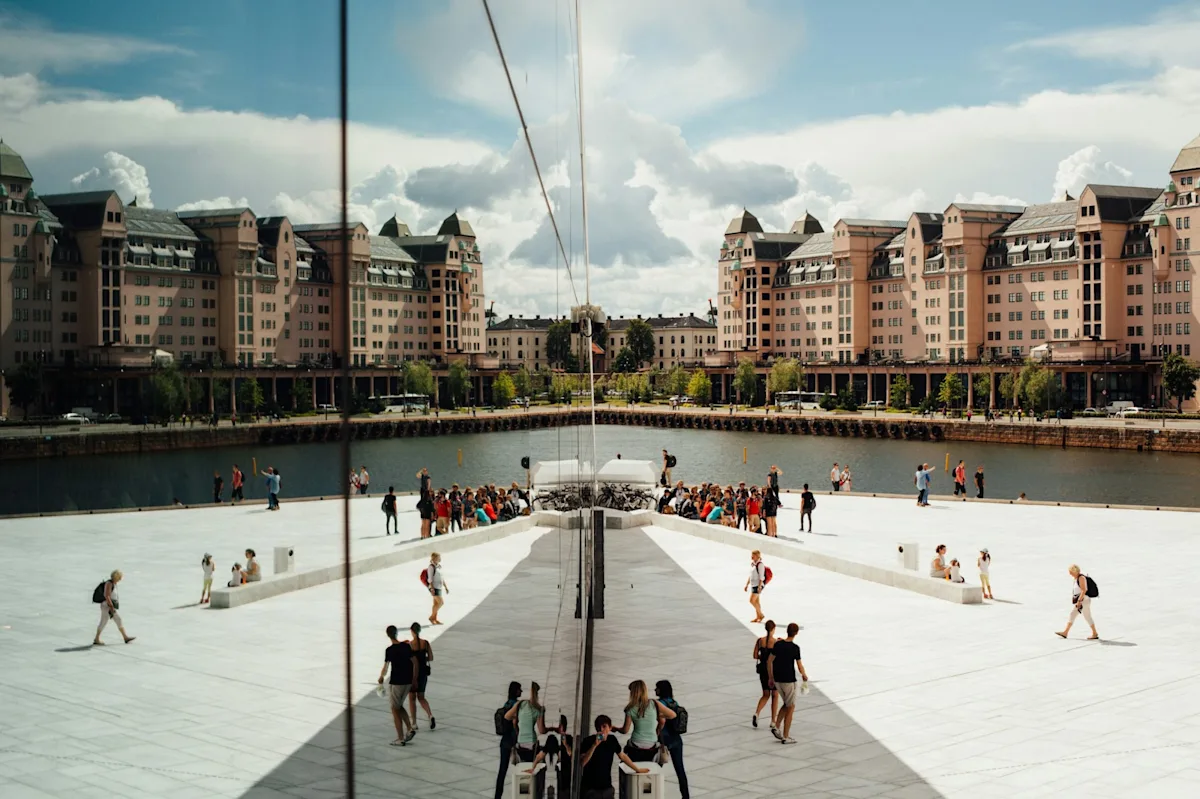
Oslo, Norway is a blend of Scandinavian traditions, gorgeous natural scenery and recent economic success, culminating in a vibrant cultural boom. The city has something for all travelers, including world-class museums, contemporary architecture, history, tranquil fjords and lush parks. Below, our Fora travel advisors highlight their favorite things to do in Oslo following a recent trip to the Norwegian capital.
Get expert assistance creating an Oslo itinerary when you plan your trip with a Fora Advisor. They can share insider recommendations, highlight hidden gems and connect you with the best tours and guides in the area. Plus, when you book your Oslo hotel with an advisor, they’ll unlock complimentary perks.
Fora Advisors visited Oslo as part of a FAM trip to the Nordics
A team of Fora Advisors visited Oslo, Stockholm and Helsinki in September, 2024, as part of a familiarization (FAM) trip. While the priority was scouting these cities' best hotels, enjoying a variety of sites and attractions was part of the fun.
“I really enjoyed Oslo; it’s a very walkable city with a fantastic vibe,” Fora Advisor Kristen Kolek, who especially loved the city’s art installations, shopping and dining options, said.
Several advisors who had previously visited offered additional recommendations for interesting places to visit, both in and near the city. This three-day sample itinerary is loosely based off both experiences.
Related article: Definitive Guide: Nordic Region
Day 1: Sentrum and Tjuvholmen
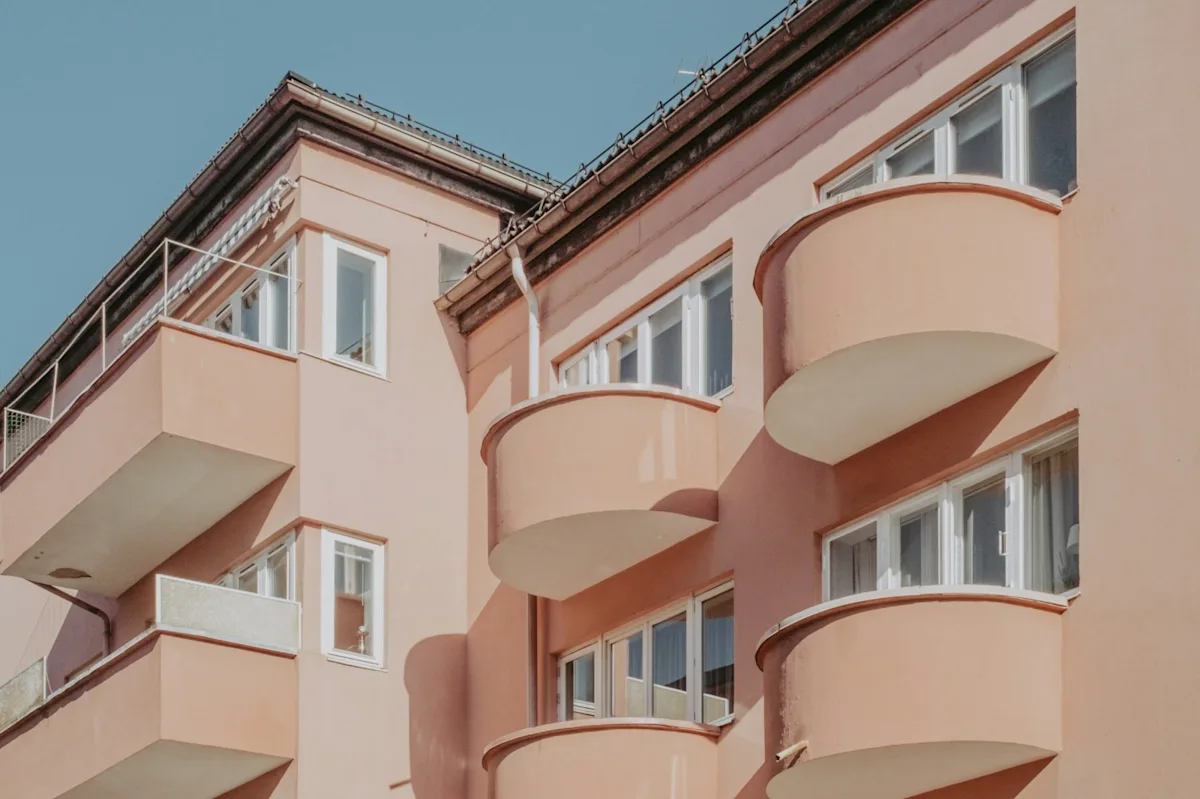
After arriving in the morning, our advisors spent their first day in Oslo near Sentrum (Oslo’s city center). Sentrum is home to many of the city's main attractions, including the Royal Palace, the National Theatre and the iconic Oslo Opera House. It’s a lively area filled with shops, restaurants and cultural venues, and it has been the area’s largest benefactor of Oslo’s recent boom. Sentrum is also well connected to public transportation, offering easy access to the rest of the city.
The National Museum
The National Museum was the first stop. It’s a must-visit for its vast collection of Norwegian and international art, ranging from classical to contemporary works. Notably, it houses iconic pieces like Edvard Munch’s “The Scream” and features paintings, sculptures and examples of contemporary design and architecture.
Astrup Fearnley Museum
The Astrup Fearnley Museum is a niche destination for contemporary art enthusiasts, showcasing cutting-edge works by both Norwegian and international artists. It’s located in Tjuvholmen, a modern, upscale neighborhood on a small island near the Oslofjord. The neighborhood is known for its sleek architecture, art galleries and waterfront views.
The museum’s striking, Renzo Piano-designed building on the waterfront of Tjuvholmen adds to its appeal, blending modern art with some of the best (land-based) views of the Oslofjord. The museum’s rotating exhibitions feature bold and innovative pieces. In keeping with that artistic theme, THE THIEF, one of the Oslo hotels our advisor team visited, has a partnership with this museum and showcases a variety of art pieces in its rooms and common areas.
Day 2: Oslo’s largest city park and the fjord

Our advisors split day two between Oslo’s Vigelandsparken (Vigeland Park), a large urban greenspace akin to New York’s Central Park, and the Oslofjord. Both areas allow you to glimpse how Norwegians have blended contemporary art and engineering with the city’s natural surroundings.
Vigeland Sculpture Park and Museum
Vigeland Sculpture Park, located within Oslo's expansive Frogner Park, is the world’s largest sculpture park dedicated to the work of a single artist. The space features hundreds of bronze and granite sculptures created by Norwegian sculptor Gustav Vigeland, each depicting human emotions and stages in life. The Monolith, a towering structure carved from a single block of stone, stands at the center, and is surrounded by intricate sculptures. Nearby, the Vigeland Museum offers insight into the artist’s life and creative process, with exhibits on his lesser-known works.
If you prefer something a little more family friendly (many of the sculptures are fully nude), exploring the Norwegian Museum of Science and Technology is a great option. It’s just outside Sentrum, and offers tons of interesting and interactive exhibits. You and your little ones can learn about space exploration, technology and Norway’s industrial history. There’s also a dedicated children’s section with fun activities and science experiments.
Ferry ride through the Oslo Fjords
Exploring the Oslofjord tops many lists of things to do in Oslo. The fjord offers a scenic and tranquil escape from the city, with beautiful waterways and small islands just a short boat ride from Sentrum. Our advisors took a fjord cruise, admiring the picturesque coastal homes and hidden beaches. The fjord is also great for kayaking, sailing or simply relaxing on one of its many islands, such as Hovedøya or Lindøya, which have hiking trails. During the summer months, you can swim in the clear waters.
Day 3: Kistefos and The Twist

No place in or near Oslo captured our advisors’ interest quite like the Kistefos Outdoor Museum. The team stopped here before catching a flight out of Oslo to their next destination on the FAM trip. In fact, pairing a visit to Kistefos with your arrival or departure from Oslo was recommended by the entire team when they were polled after the trip.
The park is set on the site of a former paper mill and features a variety of outdoor sculptures by international artists. It’s a dynamic cultural experience surrounded by lush forests and the tranquil Randselva River.
“Art and design play a huge role in Nordic culture; both are on display everywhere you look and ready to be appreciated,” Fora Advisor Christie Sweaney said. “The old paper mill juxtaposed with the modern art museum and sculpture park, in a stunning natural setting, provide a fabulous half-day excursion from Oslo.”
The Twist, an award-winning architectural marvel, serves as both a bridge and an art gallery. It’s not only a functional space for rotating contemporary art exhibitions, but also an artwork in itself. Inside, the gallery features expansive windows that frame spectacular views of the surrounding landscape. The museum hosts a new major exhibit every year.
“The Kistefos Outdoor Museum is a must!” Fora Advisor Sam Growdon said. “Even if you are not an art buff or museum goer, this place is so special that it would be a shame to miss: the intersection of nature and art — what more could you ask for!”
More things to do in Oslo, Norway
The advisor team could only fit so many things into their three-day itinerary. But there are many more exciting things to do in Oslo. Here are a few more recommendations.
Related guide: Culture & Cool in Oslo, Norway
The Fram Museum
The Fram Museum showcases the original Fram ship — a famous Norwegian exploration vessel — which was used in pioneering expeditions to the Arctic and Antarctic. You can board the ship and explore interactive exhibits that showcase the adventures of famous explorers like Roald Amundsen and Fridtjof Nansen. Its waterfront setting on the Bygdøy peninsula offers views of Oslo’s skyline.
Oslo Opera House
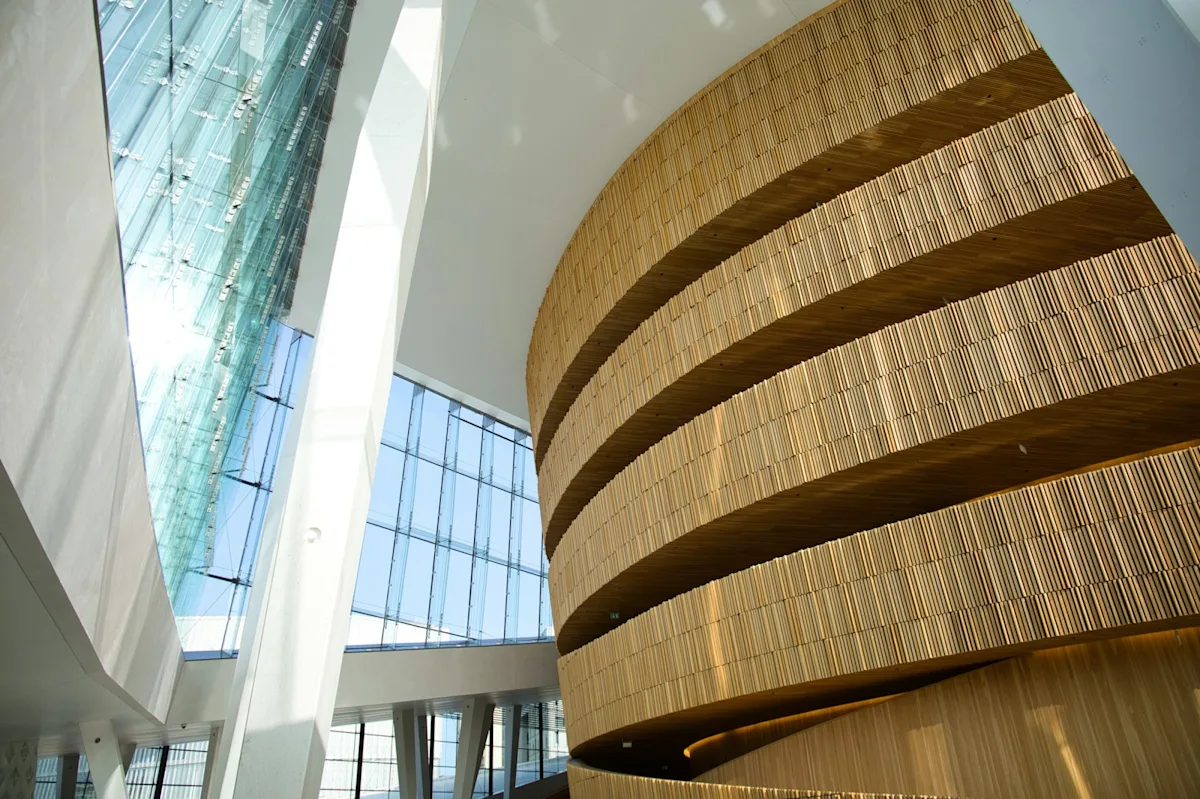
The Oslo Opera House is an architectural marvel in Sentrum visible from the Oslofjord. It’s a hub for opera and ballet, but also a popular spot for visitors to walk on its sloping roof, offering panoramic views of the city and the fjord.
Enjoy a traditional Norwegian sauna
Visiting a Norwegian sauna is a relaxing and authentic experience — especially in winter, when Norway’s temperatures plummet. Some options, like the floating KOK Oslo or SALT, are located by the waterfront, allowing you to take a refreshing dip in the fjord after heating up in the sauna.
Related guide: Where to Eat and Sauna in Oslo, Norway
Munch Museum
Edvard Munch is Norway’s most famous artist. This museum houses an extensive collection of his works and offers insight into Munch’s artistic evolution and legacy, with exhibitions that explore both his masterpieces and lesser-known works.
Norsk Folkemuseum
The Norsk Folkemuseum, or Norwegian Museum of Cultural History, offers a glimpse into Norway’s rural past. Dozens of traditional buildings from various regions, including a 13th-century stave church, dot an attached park. You’ll learn about traditional Norwegian cultural heritage through authentic exhibits and live demonstrations.
Cheese and wine tasting
Cheese tasting may not be the first thing you think of when putting together a list of things to do in Oslo. But our advisors raved about their experience at Winthers Artisan Food & Restaurant. Here, they sampled an array of Italian cheeses paired with wines and ciders, while also learning about the process.
“Siri and her Italian cheese makers were a pure joy, and a great intro to the culture and food scene in Oslo,” Fora Advisor Christie Sweaney said of their Winthers hostess.
Other options allow you to sample Norway’s unique cheeses, like brunost (brown cheese), alongside locally produced wines.
Akershus Fortress
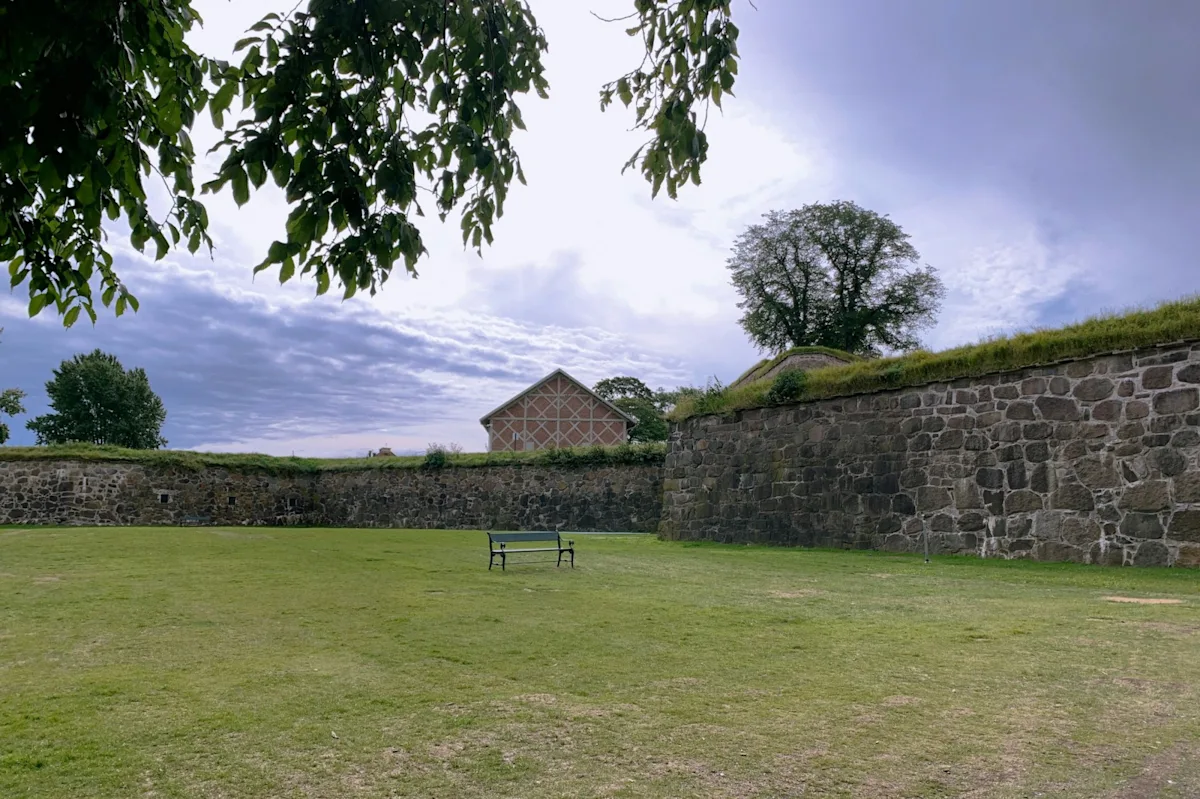
Akershus Fortress is a medieval castle with over 700 years of history. You can explore its stone halls, which house twin museums, and learn about Norway’s post-Viking military past. The park grounds are also scenic, with views of the harbor.
Viking Ship Museum
The Viking Ship Museum — perhaps unsurprisingly — houses some of the best-preserved Viking ships in the and also takes a deep look into Norway’s Viking heritage. The museum showcases the ships along with artifacts like tools, textiles and ceremonial items.
The Royal Palace
Oslo’s Royal Palace, at the end of Karl Johans gate, is the official residence of the Norwegian monarch. You can tour the palace during the summer months, exploring the elegant Old World rooms and learning about Norway’s royal history.
Insider tips for exploring Oslo
Advisors from the FAM team (and previous trips) shared a few extra tips based on their experience in Oslo.
What to pack for a trip to Oslo
Christie mentioned that shopping is great across the Nordics, so you may wish to pack an extra bag for purchases.
Additionally, Oslo has frigid winters, mild summers and, per Fora Advisor Stephanie Morgan, unpredictable weather in the shoulder seasons. Be sure to bring clothing for differing weather conditions.
“Layering is key,” added Fora Advisor Kathleen O'neill.
See more than the must-do experiences in Oslo
Adding a day to your Oslo itinerary for spontaneity can go a long way. Fora Advisor Kristen Kolek recommends slowing down and taking in the sites, especially in the countryside: “The cities were great, but the experiences, hotels, towns and museums we saw that were outside of the cities were some of my favorite parts of the trip.”
It’s easy to travel between Nordic countries
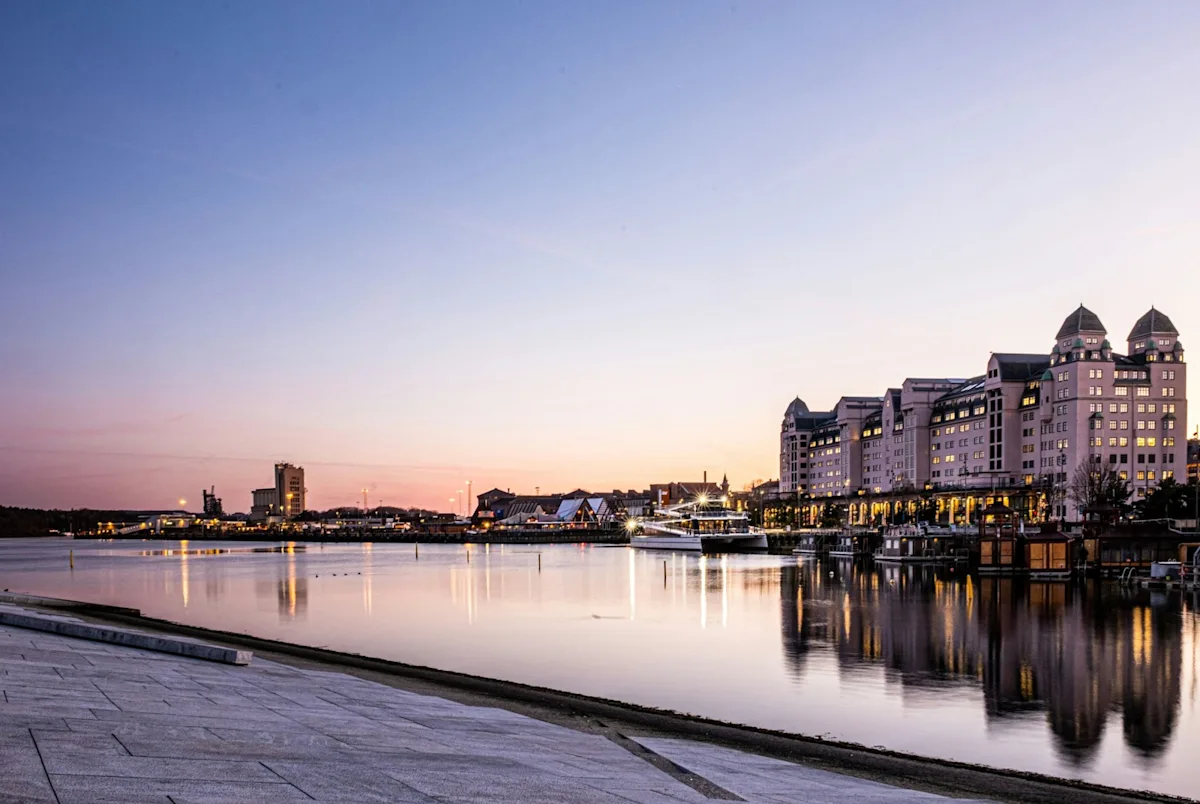
As with our Fora FAM trip, you don’t have to stick to Oslo alone. Participating advisors — who also visited Stockholm, Sweden and Helsinki, Finland — noted that it’s exceptionally easy to travel between these countries despite their size. Roads, trains, flights and even ferries connect all three.
“Take advantage of the various ways to travel between them and experience both the similarities and the differences in the cultures,” Fora Advisor Stephanie Morgan said.
Related guide: Road-Trip Across Norway: Guide to Food, Hotels & More
Get tailored recommendations for things to do in Oslo when you plan with a Fora Advisor
Get more recommendations for things to do in Oslo when you connect with a Fora Advisor. Beyond itinerary planning, your advisor can book all your accommodations and arrange things like ground transportation, provide expert tips and help you handle any travel-related issues in the rare event something goes awry.
Things to do in Oslo: FAQs
We’ve gathered answers to questions about things to do in Oslo.
Is Oslo famous for anything?
Indeed. Oslo is famous for its deep connection to nature; the Oslofjord and vast green spaces like Vigeland Park are notable examples. Similarly, the city is known for its emphasis on sustainability and modern design, reflected in its innovative architecture, like the Oslo Opera House and The Twist at Kistefos. Oslo is also celebrated for its commitment to peace and diplomacy; it hosts the annual Nobel Peace Prize ceremony.
How many days in Oslo do I need to experience the highlights?
Three to four days is typically enough to cover the best things to do in Oslo. This timeframe allows you to visit major attractions and fit in day trips to nearby destinations like Kistefos.
Are there family-friendly things to do in Oslo?
Absolutely. While Oslo’s many art museums may or may not capture young children’s attention, there are still tons of family-friendly museums and outdoor activities (especially related to the Oslofjord).
Related guide: Family Friendly Guide to Germany, Denmark and Norway
What’s the best way to get around Oslo? Is Oslo walkable?
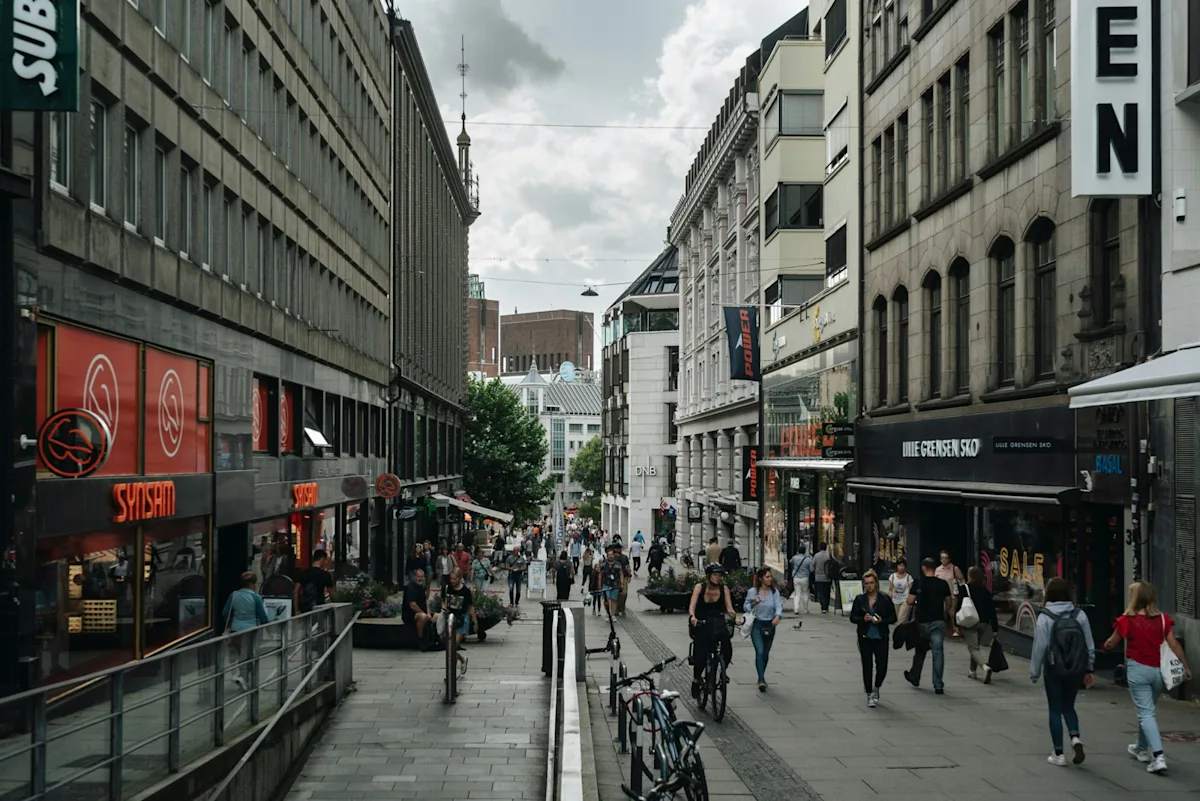
Oslo has an efficient public transportation system, which includes trams, buses and T-bane (a metro). It’s well connected, and you can easily reach many major attractions and neighborhoods. Oslo is also walkable, particularly in Sentrum. But biking is a popular option, too. There are numerous bike rental services and dedicated bike lanes throughout the city.
What are the best months to visit Oslo?
If you’re trying to fit in as wide a variety of things to do in Oslo as possible, we recommend visiting sometime between May and September. The weather is mild, with long daylight hours, making it ideal for outdoor activities, sightseeing and exploring Oslo’s parks and fjords. Spring and fall offer slightly cooler temperatures but fewer crowds; these seasons are ideal for a more relaxed experience. Winter is perfect for those interested in snow sports and experiencing Oslo’s festive holiday season, though the days are much shorter.
What are the best places to stay in Oslo?
Our article on Oslo’s best hotels breaks down a few of our favorite options. You can also reach out to a Fora Advisor directly for tailored recommendations.
Is Oslo expensive to visit?
Your money is likely to go a lot further in Oslo than in other major European cities. Several Fora Advisors on the FAM trip noted that hotel rates in Oslo — and other Nordic countries — are relatively low compared to those in Western Europe for similar accommodations. They recommended clients divert those savings toward things to do in Oslo.
More Europe travel inspiration
Check out more European travel destinations:
